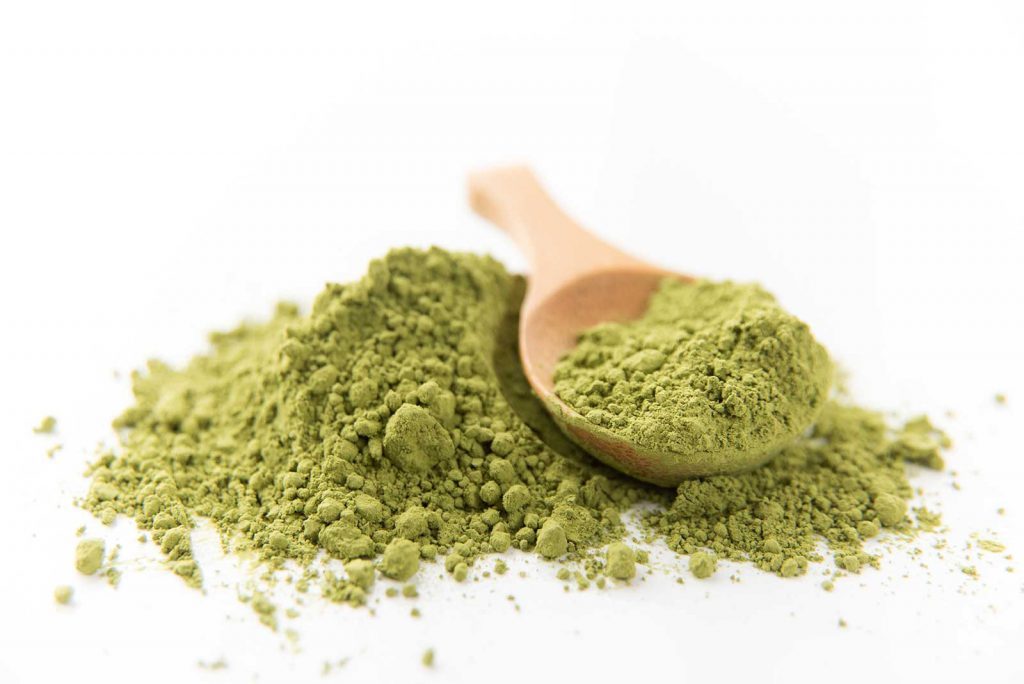The way Kratom works is that it affects opioid receptors in the brain and neuro-synapses. It’s important to know that Kratom is not classified as an opiate. As any other substance that has an effect on body cells, especially on the brain and synapses, continued use of Kratom can result in a diminished response to its effects. Due to Kratom’s effective medicinal and psychological properties, it’s popularity in Europe and the United States is on a constant rise. This is why it is important to know the details of how Kratom works, so that you can maintain the medicinal benefit and avoid diminishing returns.
Kratom tolerance and how it works

There are two alkaloids in Kratom, 7-hydroxymitragynine, the purpose of which it to mildly sedate and kill pain, and mitragynine, an alkaloid responsible for the stimulating effect and pain relief.
When consuming this plant, these two alkaloids affect the brain’s receptors and you can feel the result in 20 minutes or so. The principle on which the brain works is based on homeostasis and balance; this is why it temporarily down-regulates the receptors affected by these alkaloids when they reach their maximum concentration in the brain. It is important to know how to moderate dosages to avoid building tolerance, especially if you need to use this herb every day because of your chronic pain, anxiety, fatigue or hypertension. There are several methods to achieve this.
Rotate Strains
In order to beat your tolerance, you can rotate the strains you use. This is achievable because different strains of Kratom vary to an extent. By switching strain and vein colors daily, you can greatly reduce tolerance. To get the best results, you should get access to at least four strains. You can reduce the risk of building tolerance even more if you combine stem and vein Kratom, because alkaloids in those are different from the ones found in a leaf.
Take Care of the Dosage Amount

This works pretty simple. Reduce the dosage amount to help reduce tolerance. What makes this method practical is that it gives you more room to use a higher dosage when the effects it produces are necessary for you. This practice can increase your chances of beating the tolerance.
Another method showed great results. Writing down the date, strain, dosage and what effects you experienced can help you get the big picture of what pace is the best for you.
Pay Attention to Dosage Intervals
Putting the right time between your doses can significantly reduce the risk of building tolerance. What you want to do here is to make sure that all the alkaloids are out of your system before you take another dose. Tolerance is less likely to occur if you make sure the alkaloids never reach a stable concentration in the brain. You can start taking the plant only once per day or take several doses of smaller portions per day.
Take Supplements to Slow the Tolerance Development Process

When it comes down to slowing the tolerance build up, we reach out to science. It is well known that NMDA is a receptor responsible for the development of Kratom tolerance. The natural NMDA receptor antagonist is magnesium. By consuming a healthy dose of magnesium, you can easily slow down the development of tolerance. You may also want to read up on Kratom drug interactions.
As you can see, all of these things can be achieved with almost no effort at all. These are the general steps that can help you avoid Kratom tolerance. You can explore the internet and read comments posted by Kratom users to get the best out of the information out there.
